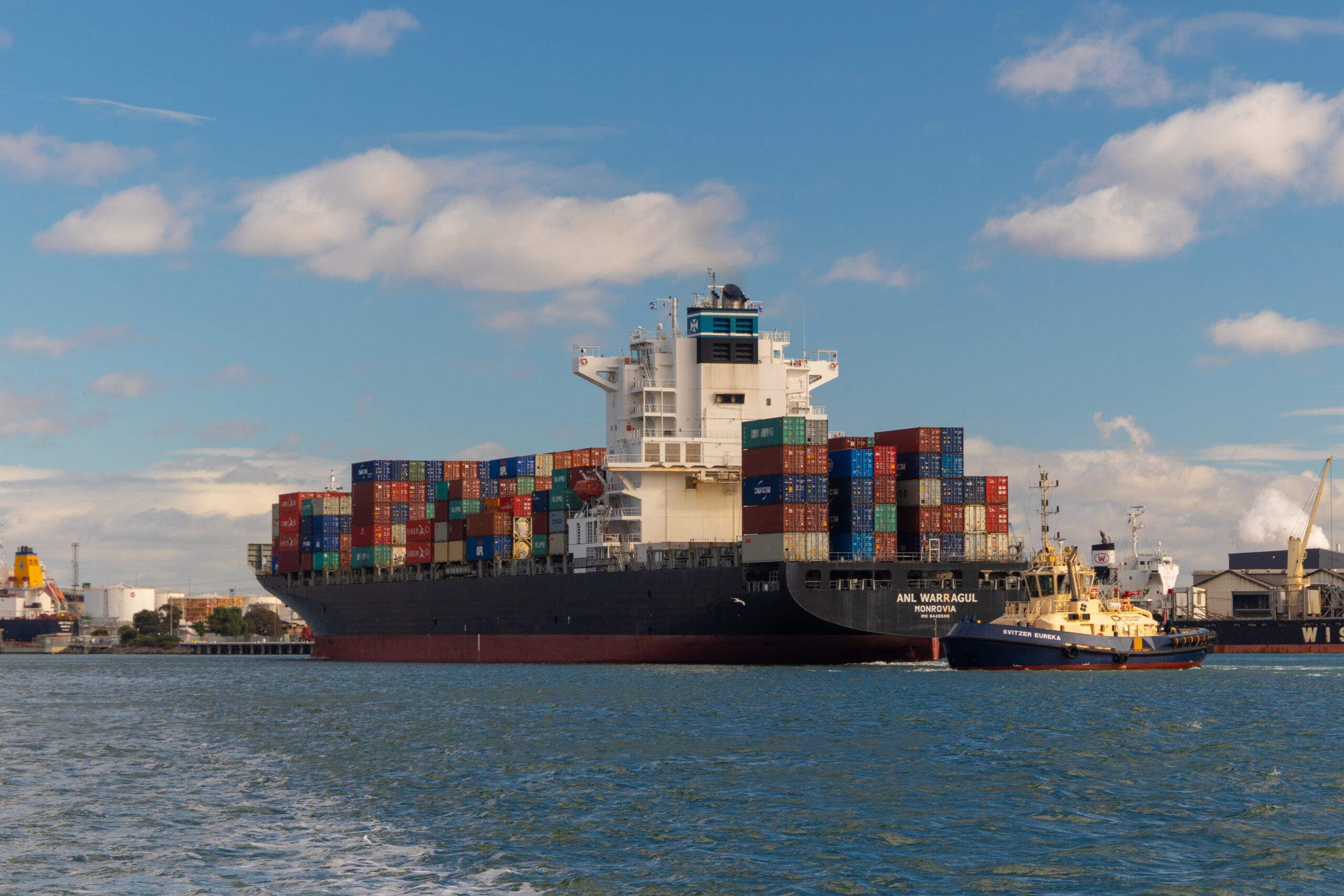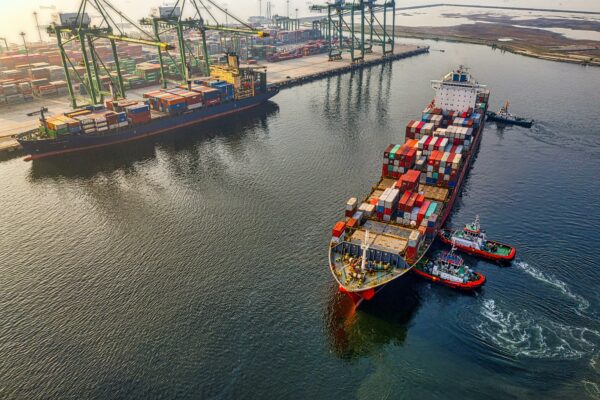2023 Rate Review: Key trends and Expectations
Jul 03, 2023
Scroll to find out more
Jul 03, 2023
Scroll to find out more

For shippers moving cargo worldwide, rates are usually the most visible, and occasionally painful, factor in engaging with the logistics market. Recent years have seen huge swings, as capacity and service have been disrupted by global events from the pandemic to port conditions, followed by a precipitous fall this year as demand slowed. As rates stabilise at low levels, however, all eyes are on when they will once again, inevitably rise.
Rates have a wide impact, from product pricing strategies the the tactics of carriers and service levels. Recent months have seen widespread blankings from carriers as they attempt to slow the fall in prices, while movements among alliances indicate the likelihood of further changes in future. For shippers who have saved by playing the spot market to source the lowest rates possible, the question of when, how and to what extent to commit to a contract in exchange for service stability and predictability looms large.
To get an inside look at the key factors driving rates this year, and where they’re headed next, we sat down with Niels Madsen, VP of Product and Operations at industry-consultancy Sea Intelligence on our podcast Freight to the Point.
While shippers a year ago may have clamoured for a return to ‘normal’ shipping conditions, the reality is that we may be due an adjustment in what ‘normal’ even means. While schedule reliability, capacity deployed and service have improved, they’re still lagging behind pre-pandemic levels. Rates, on the other hand, have moved much faster.
“When it comes to rates, I don’t think anybody has experienced anything like what we had for the last two, three years.” says Niels. “We said a year ago that it would take a long time before we came to pre-pandemic levels. We were wrong.In some instances, we are now getting reports that we are below pre-pandemic levels on freight rates.”
While carriers moved to impose GRIs before rate negotiations with BCOs, in standard practice, it points to the difficult position carriers themselves are in, dealing with an elevated cost base at a time when the rates on which they rely have dropped off a cliff. “Carriers’ cost-level has increased since pre-pandemic – what was previously $1,000 unit cost is now $1,200 unit cost.” says Niels.
While this may not matter for shippers, carriers have a strong incentive to push back on decreases in order to maintain profitability in the face of a changing industry, driven by several large disruptions.
The rate crunch of the pandemic was largely driven by capacity shortages – in contrast, the arrival of new orders for vessels and the decline in demand has created a highly uneven market.
“We have right now somewhere between 10% and 12% overcapacity and in 2023, ’24, both years, we’ll see another 9% additional coming online.” says Niels. This creates a major challenge for carriers, who must decide whether to keep capacity in the market and remain underutilised or to delay new buildings or take out capacity either through cancelled sailings, blankings, or even putting ships out of action.
Many of the new vessels have been brought in to meet new environmental rules. While these regulations are unlikely to have a major impact on capacity, given slack demand, there is still potential for new surcharges on contracts.
As the picture for rates changes, so do the plans and incentives of carriers themselves. While the high-profile breakup of the 2M alliance is mooted for 2025, we have already seen both MSC and Maesrk launching new solo initiatives, staking their own space in the market. And Niels projects that we may not have seen the last of such ruptures.
“My suspicion is that all three alliances will break up and new partnerships will form along the way. I don’t think we are going to see alliances the way that we have them today. It has caused too many problems for them, regulatory in terms of competition laws.” he explains. However, this doesn’t mean the end of cooperation when it comes to carriers.
Carriers have demonstrated increasingly divergent, but complementary approaches to market positioning, with Maersk looking to become an end-to-end logistics provider, MSC investing in vessels, CMA investing in air freight.
“I believe that we have not seen the last of the consolidation in the shipping industry. Not necessarily in terms of carriers buying each other out, but in terms of carriers merging together.” Niels explains.
While consolidation puts bargaining power back in the hands shipping lines, potentially leading to higher freight rates for shippers, there is also the possibility of more streamlined operations and more efficient use of resources, such as sharing vessels and port facilities, that could benefit shippers’ long term interests.
In the short term, however, we may see more disruption.”We have seen in the past when alliances are formed, services are merged, schedules are changed, that it does create a lot of chaos in the market,” warns Niels. “I would not put all my eggs in one basket. I would not do 100% on contract and I would not do 100% on the spot market. That is too much of a risk in either way.”
While rates are likely to remain low in the short term, carriers have every incentive to prioritise rate increases over service as they attempt to improve their unit economics while maintaining market share. For shippers, while contracting may bring a small increase on a near-historically low rate, it also creates the opportunity to invest in stability and plan more effectively for the future.
So how can shippers balance risk and opportunity on contracts?
Zencargo’s expert logistics team connects leading global brands with a wide network of logistics service providers, from carriers to warehousing and customs services to create agile, cost-effective supply chains. Working with our live supply chain management platform, shippers can plan, execute and revise their freight strategies, supported by our supply chain experts, using real-time data and analytics to stay ahead of market changes and disruption.
To find out more about how the right technology and support can support your business this year, book a consultation with one of our team today.

To find out more, book a free consultation with one of our experts today.

If you’re looking for a partner who can support you through 2024, and beyond, w...

Last updated: Monday 3pm BST On Friday 19th July, an unprecedented global issue...